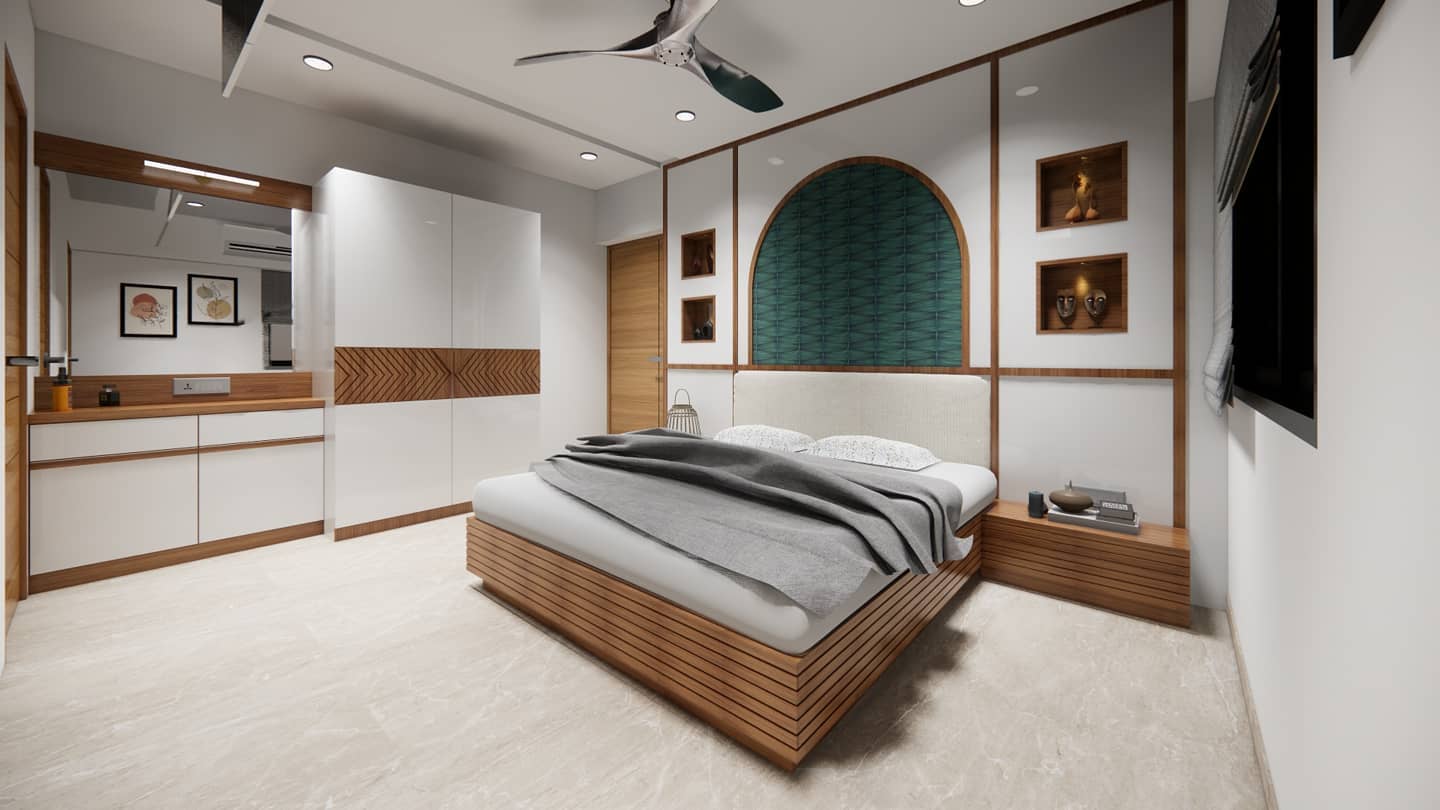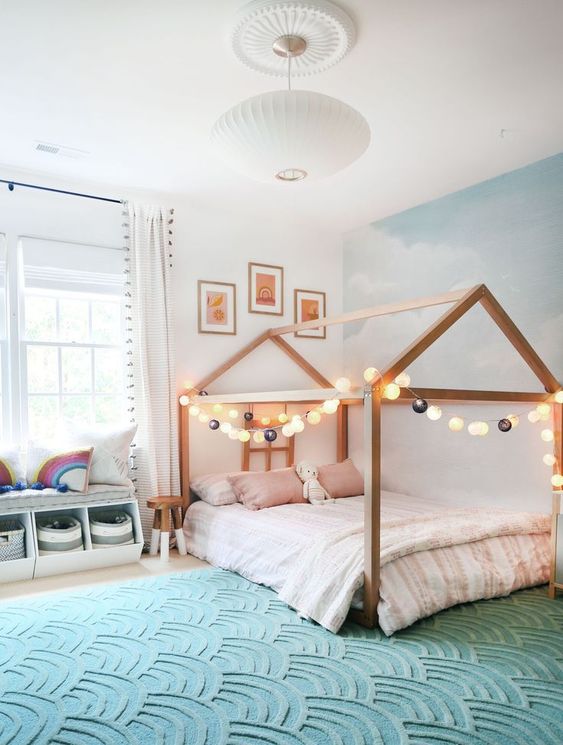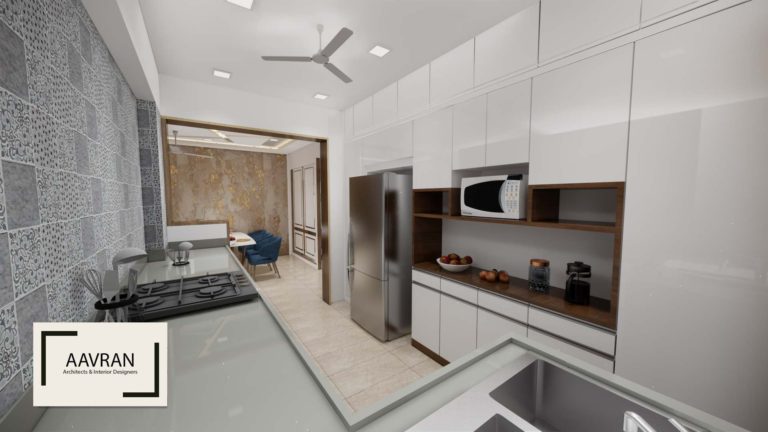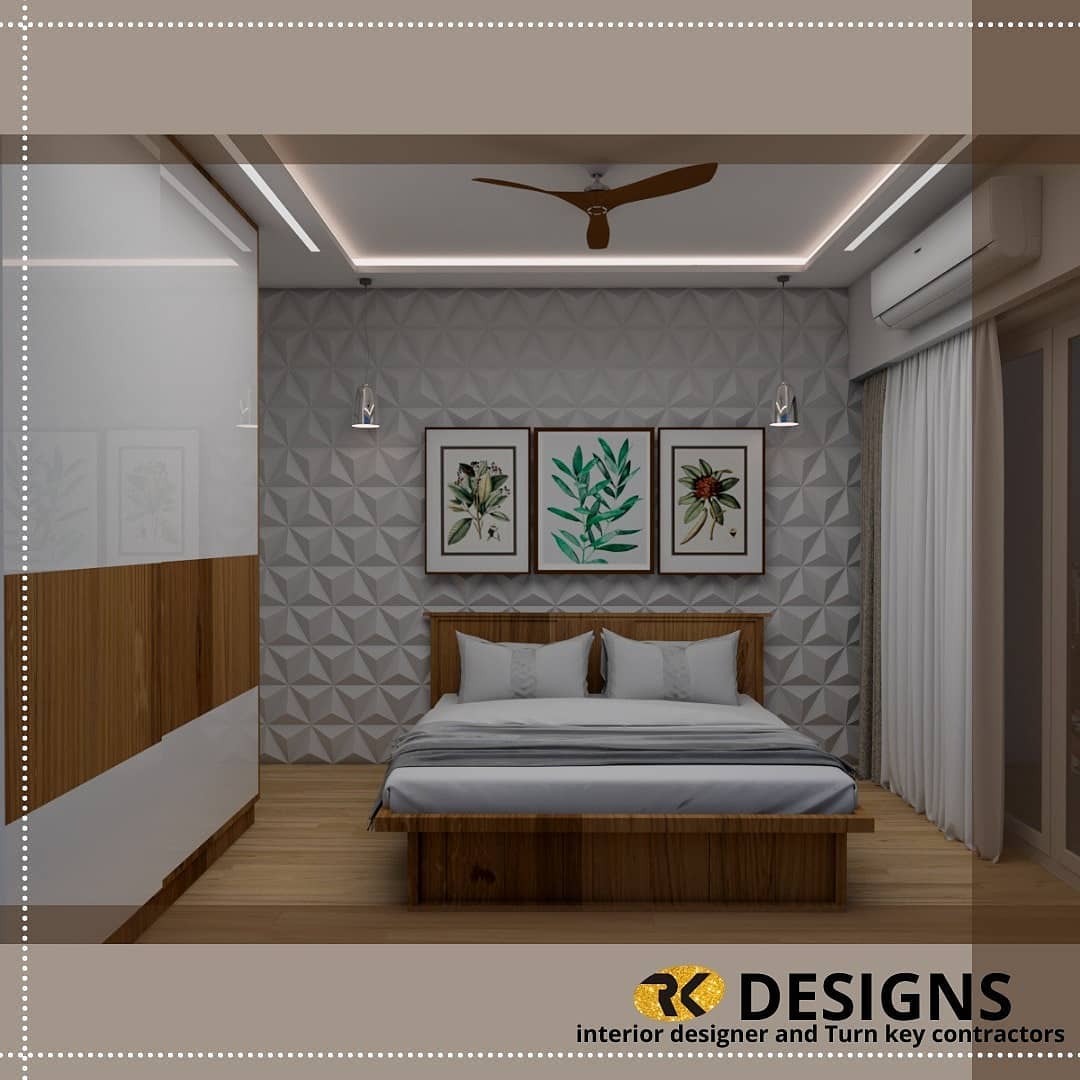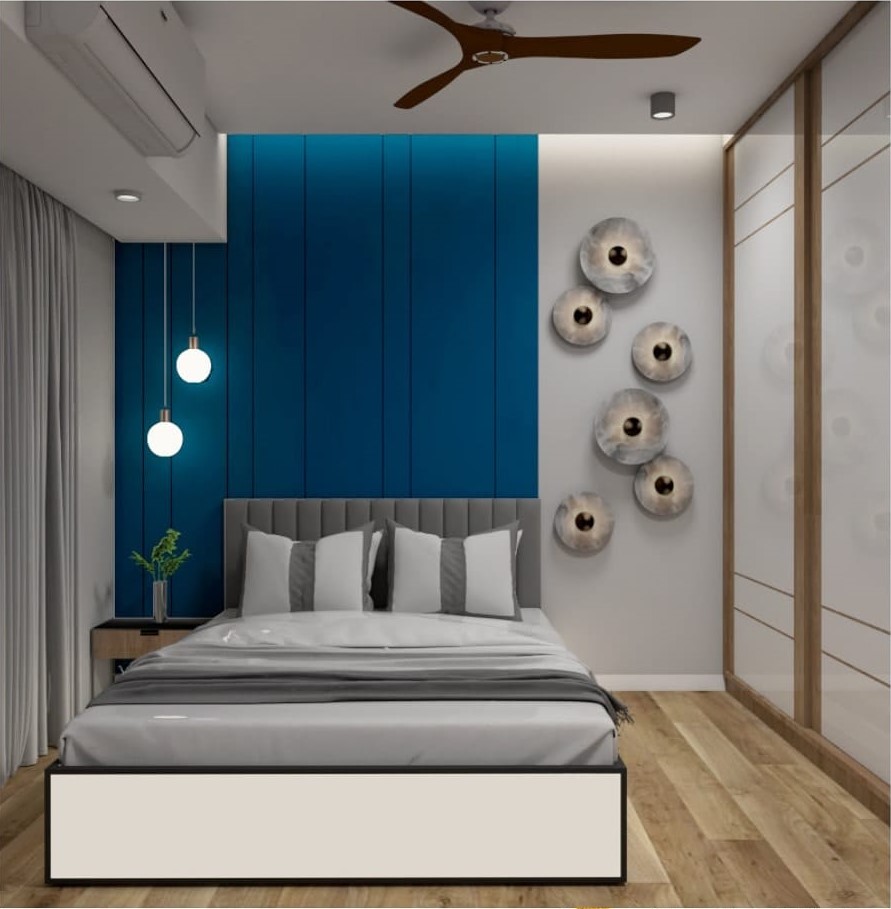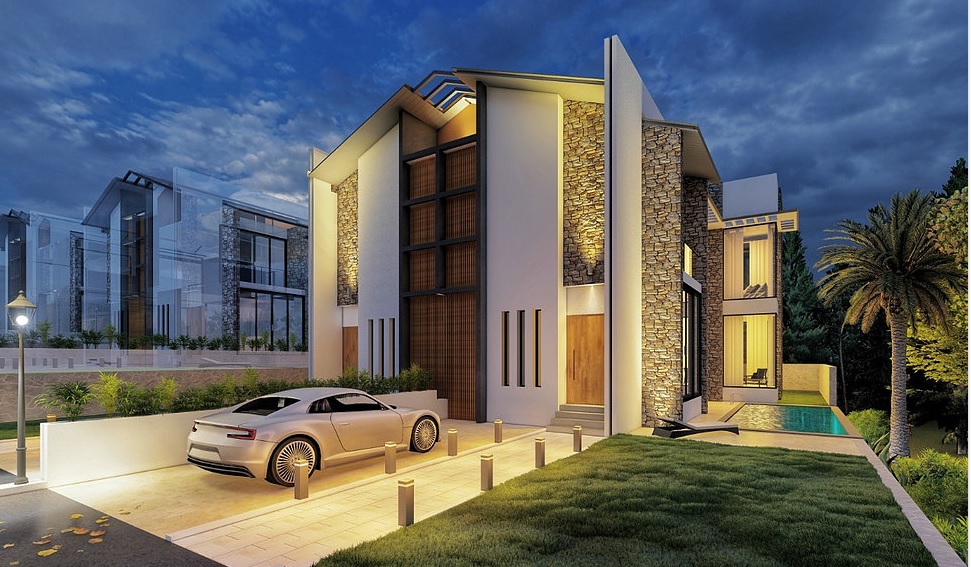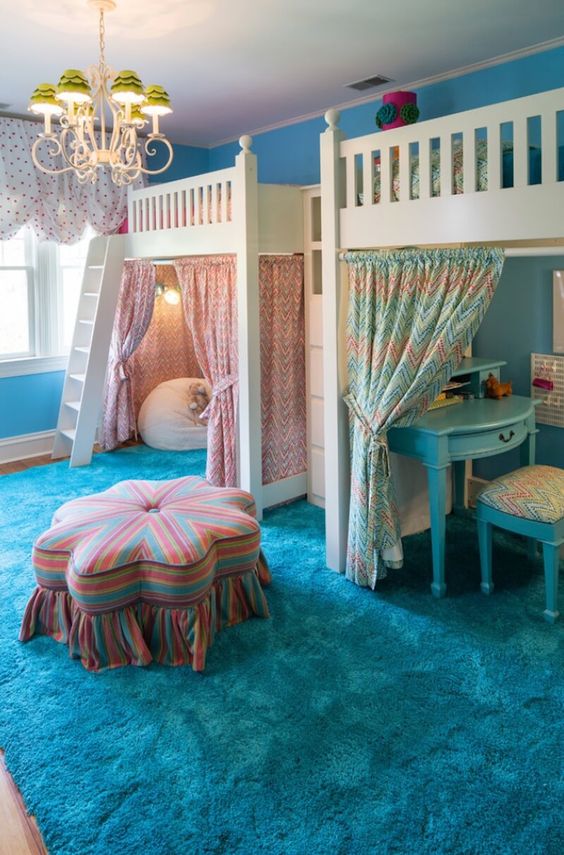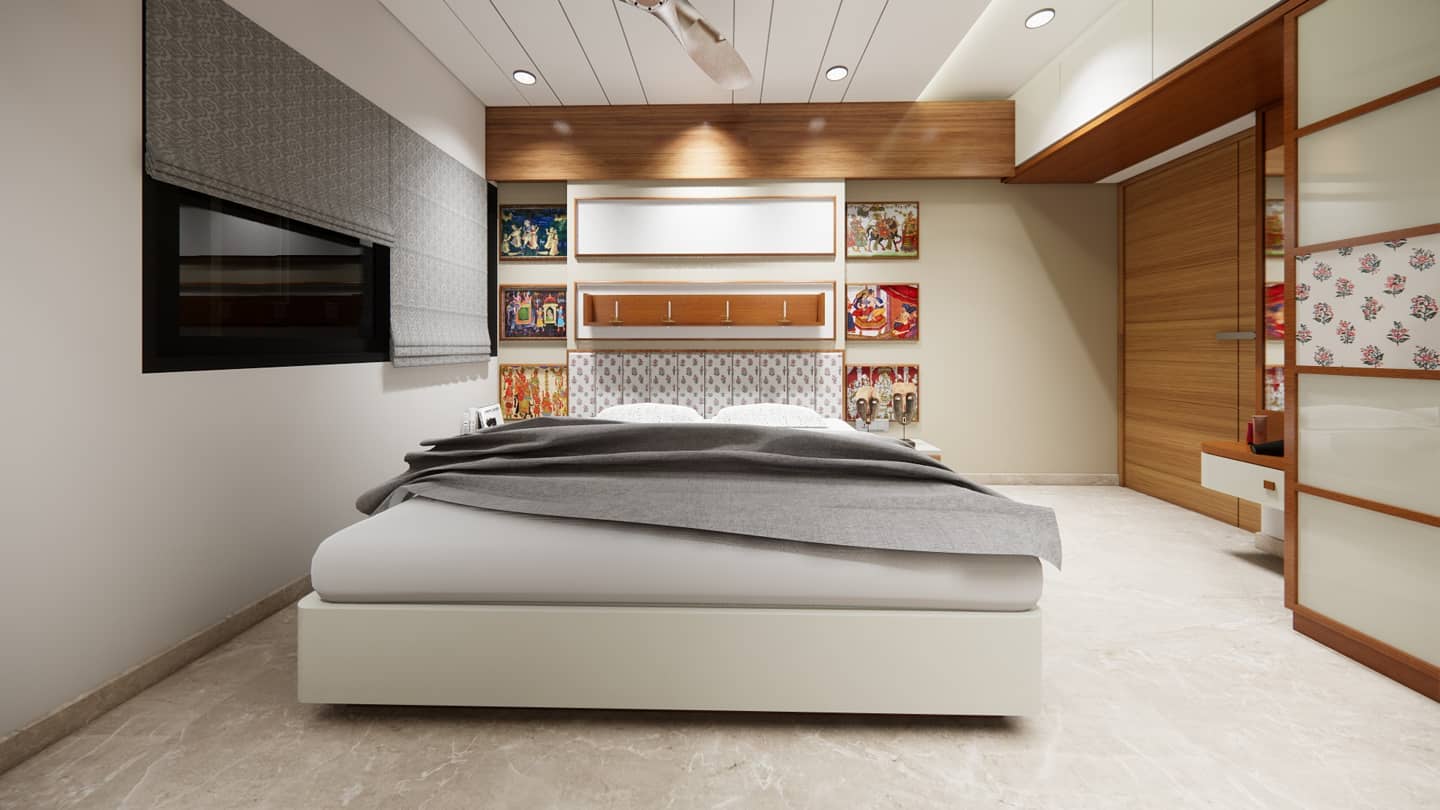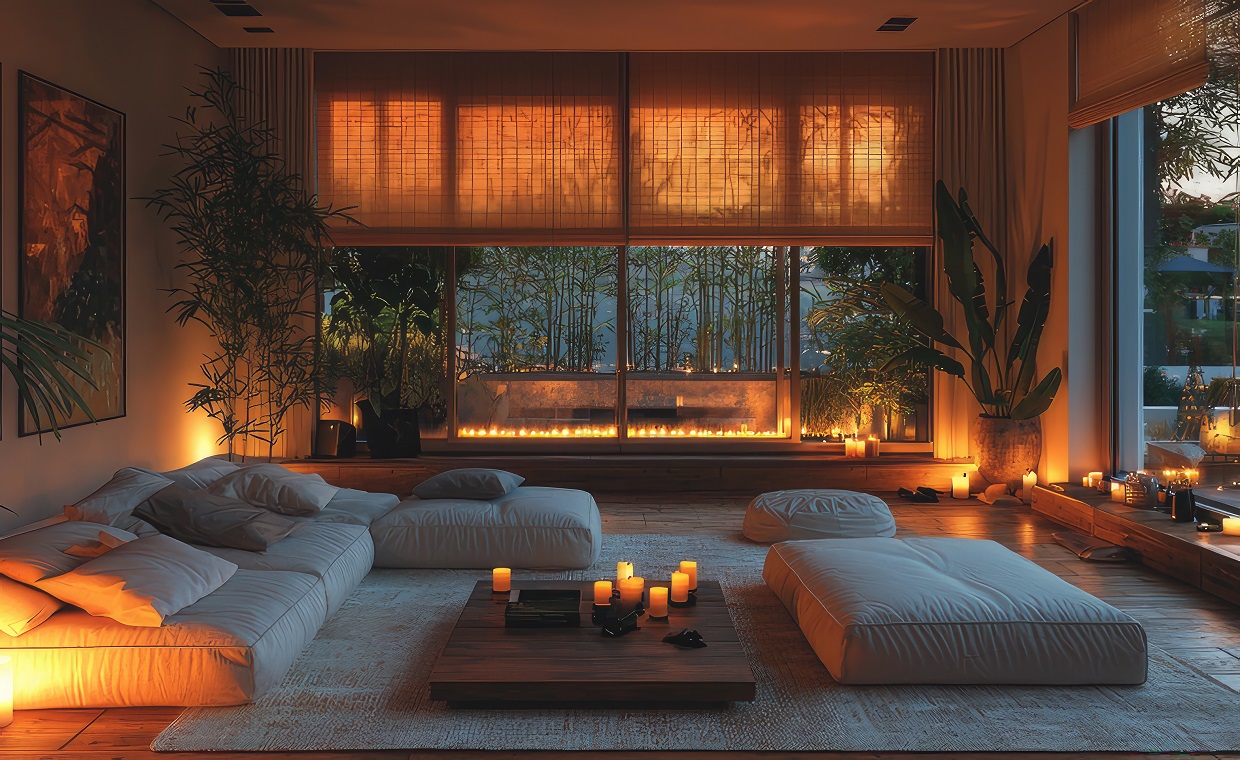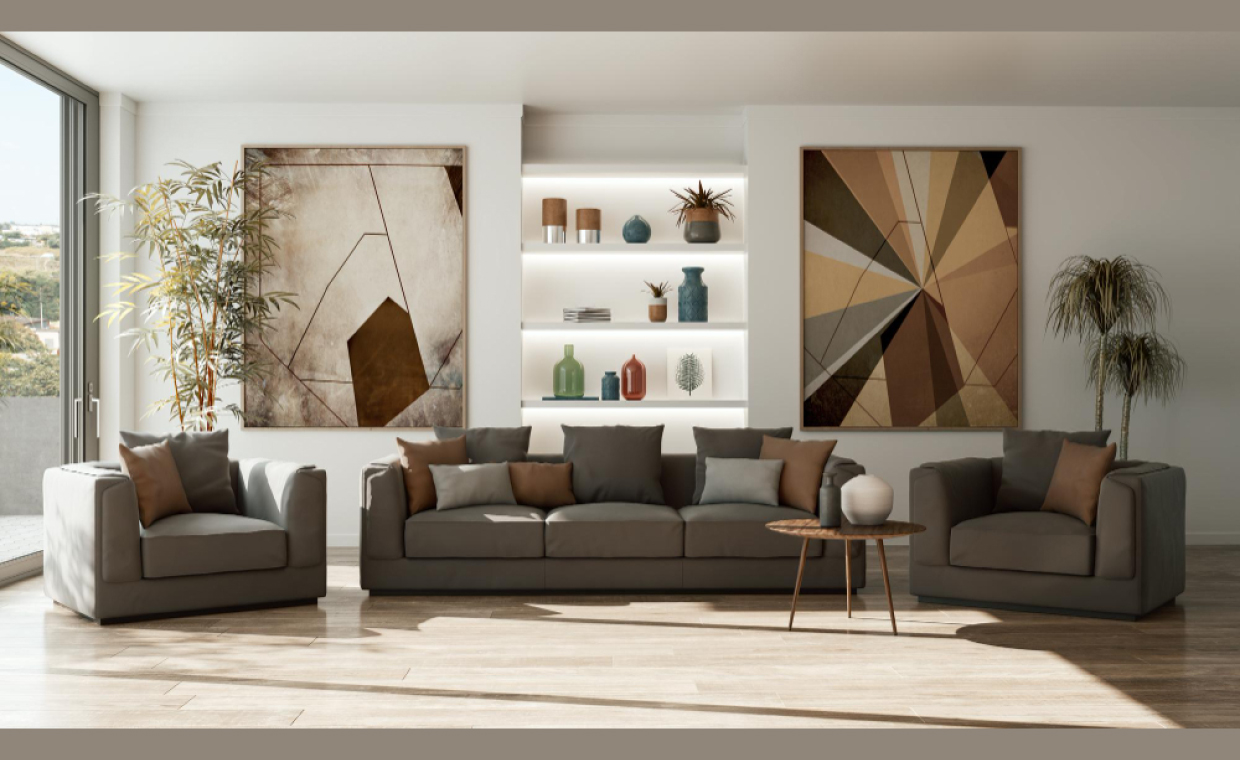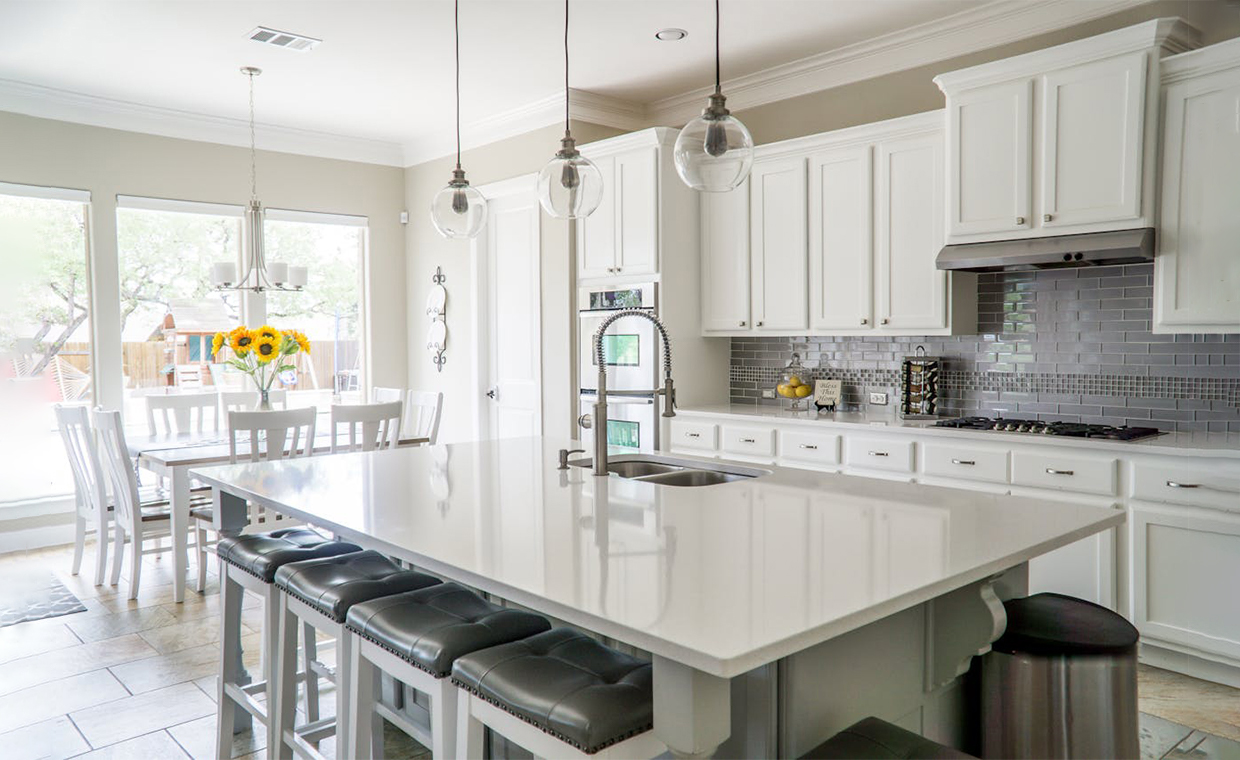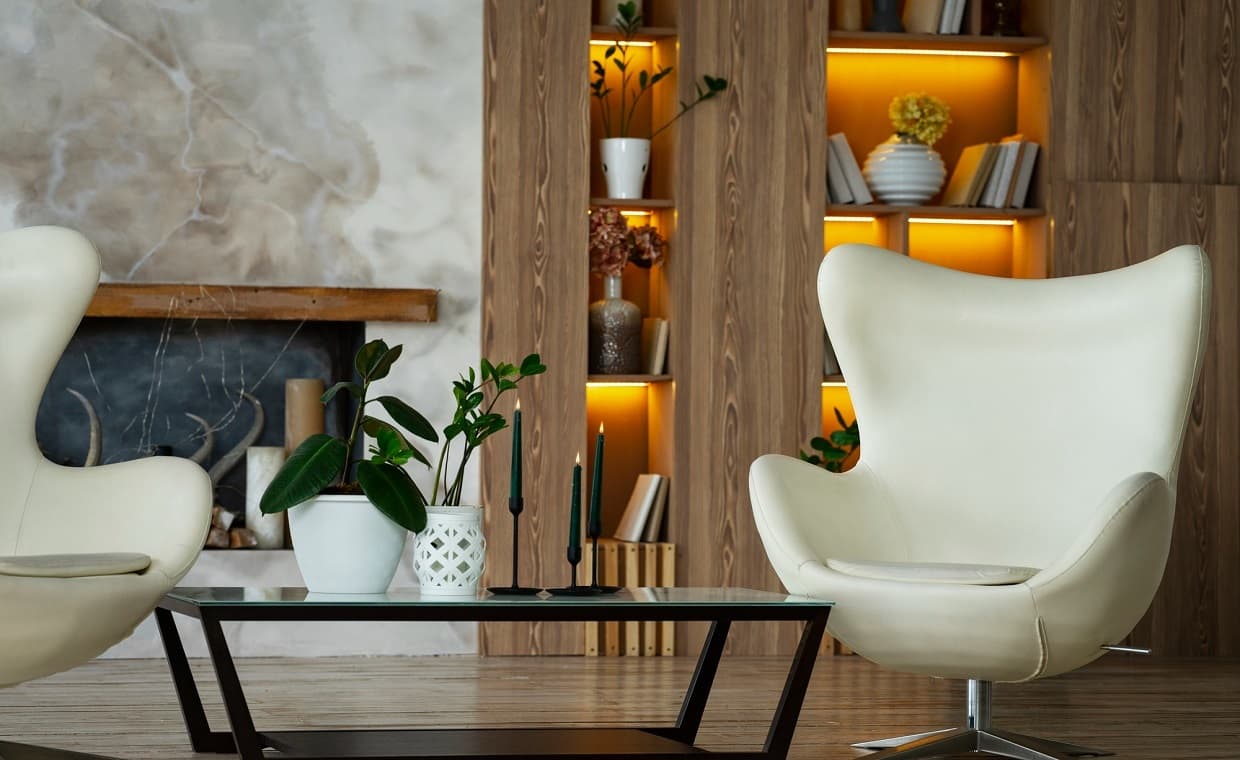
Table of Contents
After several years designing interiors for discerning clients, I’ve come across many interpretations of what true luxury furniture is. The term is increasingly being used as a generalised descriptor for items ranging from fast furniture at exorbitant prices to expertly crafted items representing generations of talent. True luxury furniture is more than just monetary value, aesthetics, and visual appeal. It is a combination of human-made craftsmanship, legacy, design that withstands the test of time, and the understanding of everyone involved that quality is something you gain when you value quality beyond perception.
The difference is unmistakable, especially when working with clients who are disappointed in their previous furniture purchases, which were sold to them as “luxury” furniture, but readily fell apart or didn’t stand up to their expectations. I can only hope to teach them about understanding some of these nuances and the relationship of art and how we shop for furniture. So, to those who appreciate real guidance, I hope this luxury furniture guide explains some parameters and provides hints about how to identify everything on the furniture market.
The Art of Traditional Craftsmanship

True luxury furniture starts with the hands which have created it. I tell my clients all of the time when evaluating a truly great piece that they are not buying furniture. They’re buying the experience, education, and craftsmanship, which in some cases come from decades or centuries of history. The craftsmen who make luxury furniture have experience and skills that can’t be replicated by machines or fast production methods.
Think about the difference between a chair leg that was hand-carved vs produced with computerised machine-related techniques. A hand-carved leg will have slight irregularities, tool marks that indicate that a person made it, and character that comes from the creator’s interpretation of the design. The imperfections represent perfection in luxury furniture because they represent their uniqueness in mass-produced items.
The joinery methods of luxury pieces tell their own story. Mortise and tenon joints, hand-cut dovetails and traditional glue-less construction methods create durability for generations. I’ve had many clients give me stories on pieces they have inherited from their great-grandparents, still standing strong with only the need for a little maintenance. This durability is not a fluke; this is because these craftspeople understand what luxury means and create pieces that improve with age, not deteriorate.
Materials That Define Excellence

The foundation of any luxury piece lies in its materials, and this is where the uninitiated often stumble. True luxury furniture employs materials selected not just for their beauty, but for their rarity, sustainability, and inherent quality. Solid hardwoods like American black walnut, European oak, or exotic species like Brazilian rosewood represent the pinnacle of natural materials.
But material selection extends far beyond wood. The finest luxury upholstery employs full-grain leather that develops a beautiful patina over time, or fabrics woven from natural fibres like silk, linen, or the finest wool. These materials aren’t chosen arbitrarily, they’re selected because they age gracefully, developing character rather than showing wear.
The hardware on luxury pieces deserves particular attention. Hand-forged hinges, solid brass fittings, and mechanisms crafted from substantial metals ensure both functionality and longevity. These components, often overlooked in lesser pieces, represent the difference between furniture that functions beautifully for decades and pieces that require constant adjustment or replacement. When examining potential purchases, I always encourage clients to test drawers, doors, and moving parts, the quality becomes immediately apparent.
Heritage and Provenance Matter

One thing that always sets luxury furniture apart is its ties to heritage and tradition. Whether it is a contemporary piece made by a well-known designer with a clear philosophy, or with pieces made by workshops with hundreds of years of history behind them, provenance adds significant value to it. Heritage includes not only prestige, but a guarantee that standards have been held over time.
I have worked with clients who have discovered that their simple-looking dining table was from a workshop that has been refining its art since the 18th century. Regarding heritage, the piece becomes something more than simple furniture; it becomes a piece of history that links the original craft traditions that have survived through the 5th industrial revolution, world wars, and changing fashions.
The accompanying documentation for true luxury furniture reflects this heritage. Certificates of authenticity, signatures from the craftsmen, and detailed provenance records are not marketing; they are evidence of accountability and pride in their work. Luxury furniture makers are accountable to their work because they understand that their reputation is only as strong as the last piece that leaves their workshop. The accountability extends to after-sales service, restoration, and the ability to offer real guarantees.
Design Philosophy and Timeless Appeal

One of the hardest qualities of luxury furniture to quantify is design integrity. A truly luxurious piece possesses an intangible quality that extends beyond the trends and fashions of the day. Luxury pieces are designed to be relevant and beautiful for decades, not a horn-blowing, eye-catching act for a season or two; they possess an eternal quality that comes from knowing proportion, form, and function at the deepest level.
I have often seen clients being emotionally attracted to pieces before they know why. That instinctive response often indicates an excellence of design in terms of the blissful balance of elements that provides visual and psychological satisfaction. Designers of luxury furniture understand the psychology of humans and how ergonomics work, creating truly striking pieces that feel as right as they look.
Gazing upon the restraint evident in luxury design can surprise those anticipating flashy designs. Real luxury whispers instead of shouts, clearly differentiating itself through careful details, perfect proportions, and quiet sophistication. For example, black luxury furniture for the bedroom demonstrates this perfectly: sophistication by simplicity, well-considered designs, not unnecessary layering of embellishment.
Making the Investment Decision
Understanding how luxury furniture is defined changes the experience from a transaction to a curation. When clients understand what defines luxury versus standard residential furniture, they start to think of purchasing furniture as a long-term investment in their living space, not just a decorative choice. This realisation leads to consumers beginning to make better decisions about the pieces they end up buying, and they will even appreciate their choices more.
While the cost of luxury furniture is often far greater than standard residential furniture, it is valued based on its lifespan. A quality piece of furniture that serves beautifully for fifty years costs much less per year than cheaper alternatives that needs to be replaced every few years. More importantly, luxury furniture makes daily life better in many ways that one cannot put a price on. The pleasure that comes from using beautiful objects, the pride of ownership of extraordinary pieces, and the satisfaction that comes from supporting traditional craft people is unmatched.
If you are ready to learn more about true luxury furniture and see how true craftsmanship feels different, I invite you to book a showroom visit so we can demonstrate how these points apply to your needs and help curate pieces that will be a source of lasting enjoyment in your home.
Also Read: Luxury Celebrations: Hosting the Perfect Party at Home or on a Yacht




